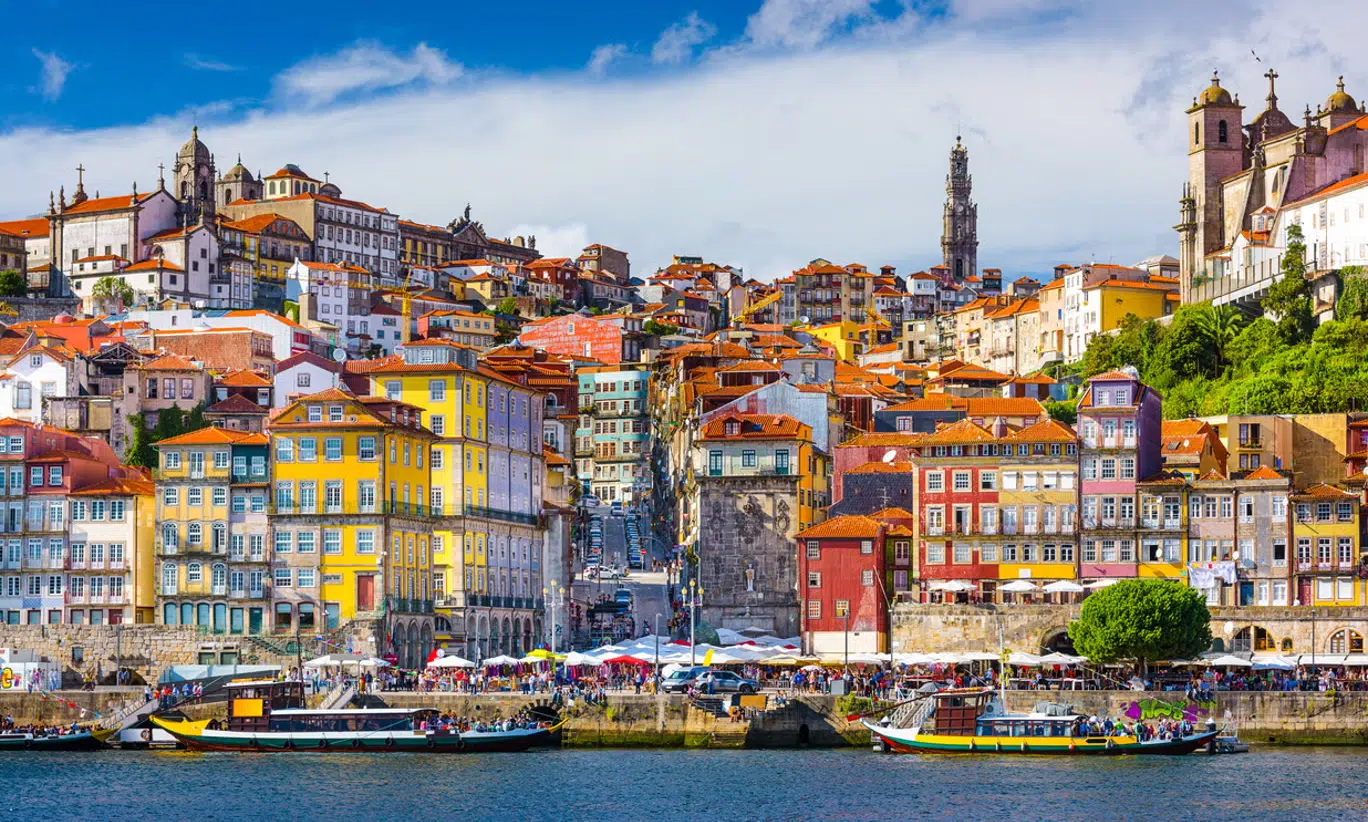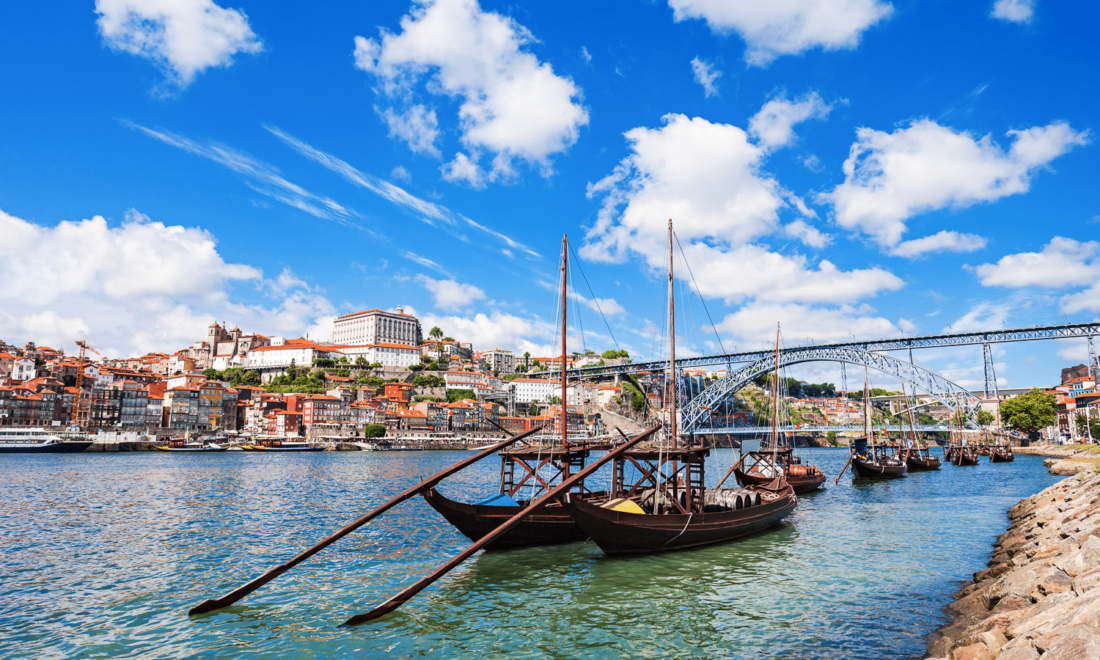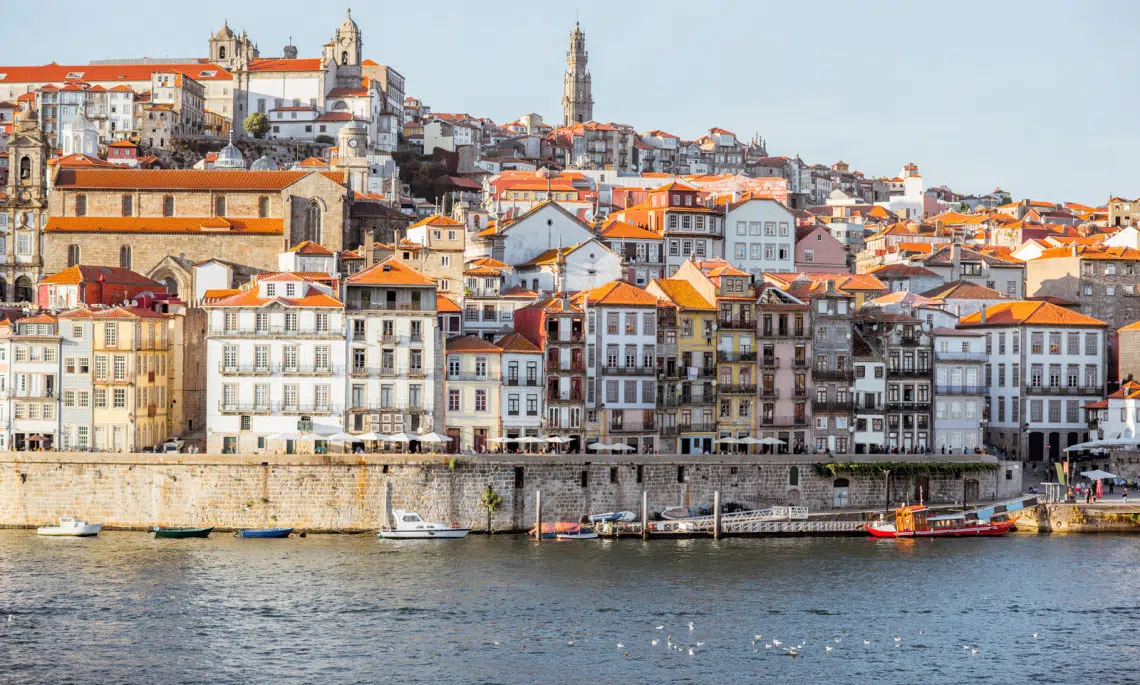In this Porto Transportation Guide, part of our Porto Guide articles, we will reveal how to get to and around Porto and share some valuable tips. So if you are traveling there, please stay with us to learn more.
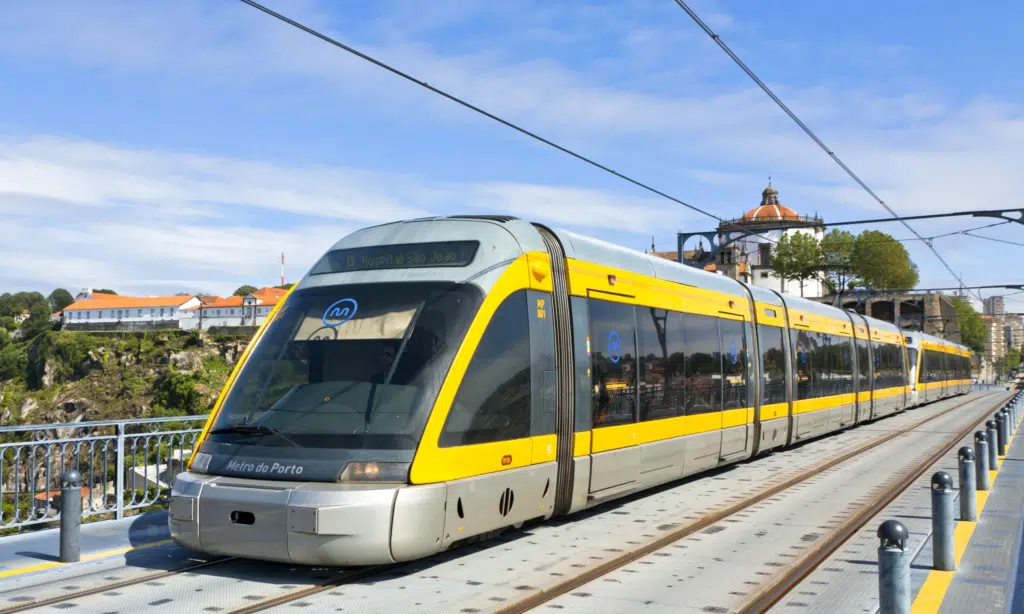
©Copyright: Oleksandr Prykhodko, Katatonia – stock.adobe.com
Intro to Porto Transportation Guide
Most importantly, Porto is a central transportation hub in northern Portugal, thus making it easily accessible by various means of transportation. So, if you’re a foreign visitor, the closest airport to Porto is Francisco Sa Carneiro Airport, about 11 kilometers north of the city center. Furthermore, traveling by train is another reliable alternative to Porto, and driving is a third option. Depending on your vacation priorities and point of departure, you can choose the most convenient way to travel to Porto.
How to get to Porto
By Air
Francisco Sa Carneiro Airport is situated on the northern outskirts of Porto, approximately 11 kilometers from the city’s center. The airport is served by about 20 airlines, including Luxair, TAP Portugal, Ryanair, Air Berlin, Air Transat, and Aigle Azur, offering business class and low-cost flights. Additionally, these airlines connect Porto to national and international destinations, such as Lisbon, Brussels, Toronto, Montreal, Milan, Paris, Madrid, Frankfurt, Bordeaux, and London.
Most importantly, the airport transfer facilities are highly reliable, with public transport options such as buses and metros and private options such as rented cars and taxis.
By train or by Bus
Traveling to Porto by Bus has considerable advantages. Rede Nacional de Expressos connects Porto to almost all parts of Portugal. InterNorte is also helpful for those traveling between Porto and Lisbon or from Portugal to Paris. Eurolines is the best option for international connections from Porto.
By Car
Porto has excellent road connections to the rest of Portugal. The A1 connects Porto to Lisbon, the A4 to Tras-os-Montes, and the A3 to Minho. Braga, Aveiro, and Viana do Castelo are also connected by motorways to Porto. Depending on your destination, you can take either the A29 or A28. You can get to Porto by Bus or Car (private or rented). Estradas de Portugal provides complete information on Portugal’s national road and motorway networks, so foreign visitors who want to get to Porto can refer to their official website.
How to Get Around in Porto
Porto offers various transportation options for visitors to explore the city. The public surface transport system comprises trams and buses, complemented by the underground system, enabling easy and quick movement from one corner of the city to another. Biking is also a viable option, and taxis are readily available. Despite some limitations, using a car for transportation has its benefits.
Andante Cards
The Andante card is Porto’s public transport pass for the metro, buses, and some regional trains. Furthermore, The Andante 24 card offers unlimited access to these transport options for 24 hours. The card is activated upon first use and remains valid for 24 hours. Remember to validate it each time you use public transportation. The Andante Tour Card is a travel card for tourists in Porto. You can choose between Andante Tour 1 (24 hours) or 3 (72 hours). The card is valid for all zones and includes all expenses. It is not rechargeable. So, where can you buy them? Andante cards are available at Andante shops in airports, subway stations, railway stations, tourist offices, and hotels.
By metro
The underground of Porto has six lines that reach from the city’s center to peripheral areas of the Greater Porto region. Three of these lines cover the distance between Estadio do Drago and, respectively, Senhor de Matosinhos, Povoa de Varzim, and the Airport. The latter is exciting to tourists because it is an airport transfer means.
Lastly, you can also use the Andante Tickets to travel on Porto’s metro line network and funicular system, both managed by the same company. We will introduce you more appropriately later in a paragraph below.
Trams in Porto
Trams in Porto have become popular among tourists over time. STCP manages the local public transport system. Gradually, bus lines have replaced tram lines, leaving only three in operation. Andante tickets are more convenient and cost-effective than STCP tickets, providing surface and metro line access. Porto Cardholders can enjoy discounts while traveling. STCP also offers tourist-oriented services such as night buses, airport transfers, and lines exclusively for tourists.
Tip: If you’d like to delve into the fascinating world of the tram, we recommend you visit the Museu do Carro Eléctrico. It features exciting trams from various periods of Porto’s history.
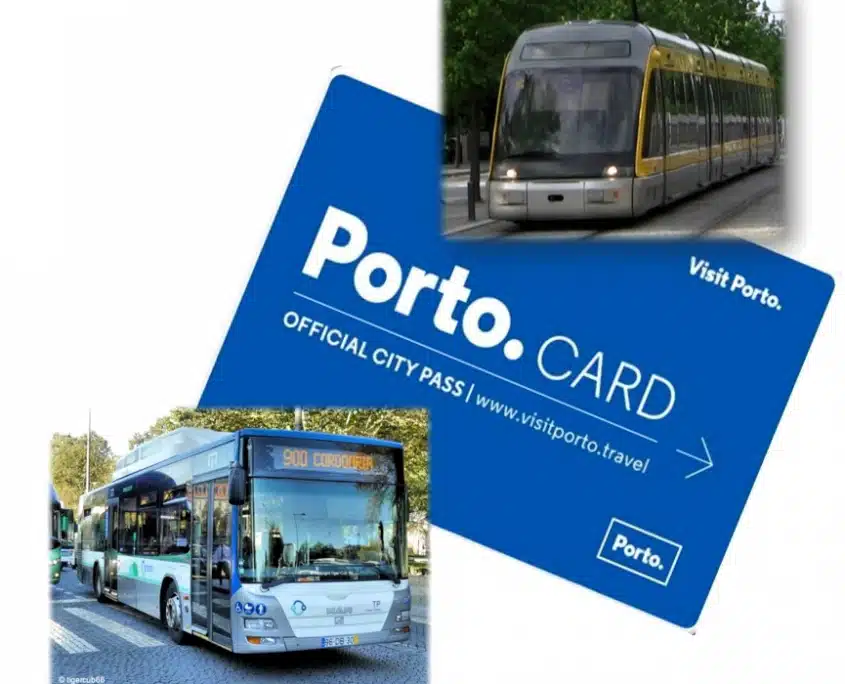
©portocard.city
By Funicular
The Funicular dos Guindais, also known as The Guindais Funicular, is an elegant and unique way of getting from one part of the city to another.
The funicular runs along a steep hill connecting the Ribeira neighborhood on the river bank and Batalha at the city’s top. One of the highlights of this means of transportation is the views of Dom Luís I Bridge, Porto’s medieval city walls, and the various wine cellars on the waterfront.
The city’s funicular railway system has operated since 1891.
Take the Funicular dos Guindais. You can take a one-way journey to Rua da Batalha or the city’s river bank. Taking it up to the top will save you from walking up a steep hill.
By Bus
Although the local buses in Porto are sometimes the only means of transport to get to specific destinations, they make for the least appealing public transport in the city.
Rental cars and Taxis
Many car rental companies in Porto and at the airport offer tourists a range of rental services. This means visitors who arrive in Porto without their vehicle can still get around by car. However, driving in Porto can be challenging due to the typical difficulties of navigating a large European city.
On the other hand, the areas surrounding Porto are well worth exploring by car as they provide a sense of autonomy and greater flexibility.
Tip for taxi rides: If you feel like the driver is overcharging, check the official price list on the left side of the back seat. Also, remember to ask for a receipt.
Porto Hop-On Hop-Off Bus Tours
Porto has various city sightseeing bus tours. The most famous are the Yellow Bus and the City Sightseeing Portugal—practical information on their routes, prices, and timetables.
Rabelo Boats in Porto
Rabelo boats were used to transport Port wine from vineyards to Vila Nova de Gaia. But Nowadays, they are used for sightseeing. Rabelo cruises start from Ribeira, cross all the bridges in the city, and offer a 360-degree panoramic view of the river, bridges, and waterfront buildings. They also provide an incredible view of Gaia and its wine cellars.
Take a look at
References and sources:
Photo credits:
Feature photo Credit: ayesa.com

